9 Energy Friendly Ways to Help Your Home Feel Warmer this Winter
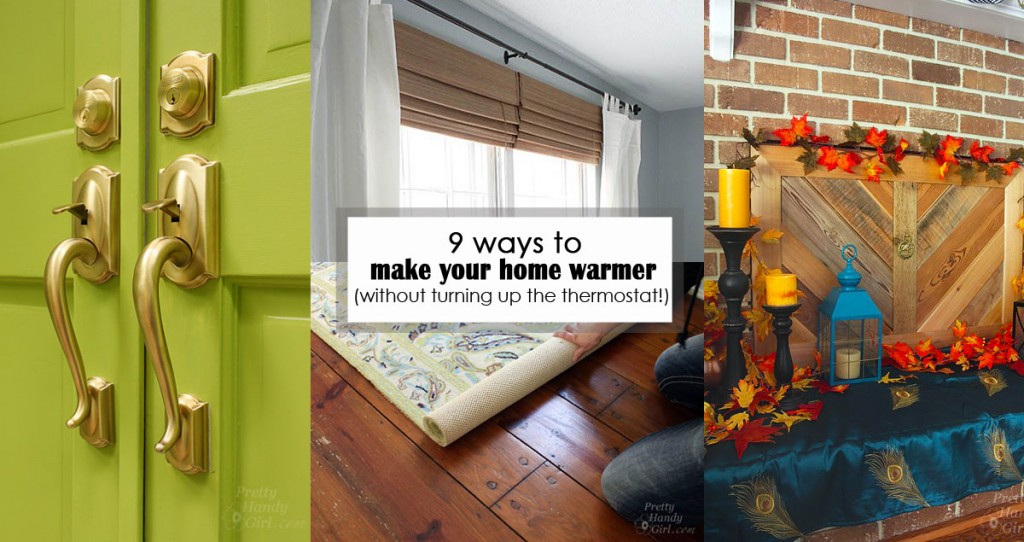
We are excited to share these Energy Friendly Ways to Help Your Home Feel Warmer this Winter today.
Winter brings many fun things with it each year, but one thing that isn’t fun are the cool drafts, cold floors, and wasted energy while trying to stay warm. Recently I created a mini-series on Instagram sharing home tips to keep your home warm during these frigid temperatures. (If you aren’t following me on Instagram, you are missing out on a lot of behind the scenes information.) Today I have 9 ways to make your home feel warmer without turning up the thermostat! With very little effort, you can make your home more energy efficient this winter. Please let me know if you find any of these hints helpful or if you have some tips of your own.
(I’ve included affiliate links for your convenience. I earn a small percentage from a purchase using these links. There is no additional cost to you. You can read more about affiliate links here.)
Insulate Garage Door:

Are there gaps on the sides of your garage door? Do you see light coming through? If so, you can add foam rubber weatherstripping to your garage to keep it warmer in the winter. Weatherstripping prevents drafts from entering your garage. Use it to block gaps between doors and the door frame. In about an hour you can put an end to those cold air leaks. This trick will also help keep your garage cooler in the summer. Believe it or not, it can improve the temperature in adjacent rooms. After installing the weatherstripping we noticed a huge difference in the comfort of our bonus room that sits on top of the garage. Read my full tutorial on Installing Weatherstripping to the Garage Door.
Seal Doors and Windows:

Did you know that doors and windows can be a major source of energy loss? Take a peek, can you see daylight seeping through your door? If so, you are likely throwing away money on heating and cooling your home. The solution is as simple as buying a roll of adhesive foam weatherstripping. To check for drafts, wet your hand and run it around the window or door edges to see if you feel any cool air. If you do, go ahead and add some weatherstripping.
You can use the same adhesive weatherstripping on the bottom of an old window that doesn’t seat properly. Most windows and doors should have some form of weatherstripping, but some may not.
Don’t forget to inspect your exterior doors and storm doors for a door sweep. If it’s missing, add a new one. Did you know you can add a door sweep without using power tools? Check out this self adhesive door sweep.
Engage Deadbolts:
Did you know that simply engaging the deadbolts on your doors can instantly stop drafts? If you have a weatherstripped door, the deadbolt will tighten the door against the weatherstripping. Check to make sure the weatherstripping is in good shape. If the door doesn’t seat firmly against it you may need to adjust the strike plate closer to the jamb.
Single pane windows: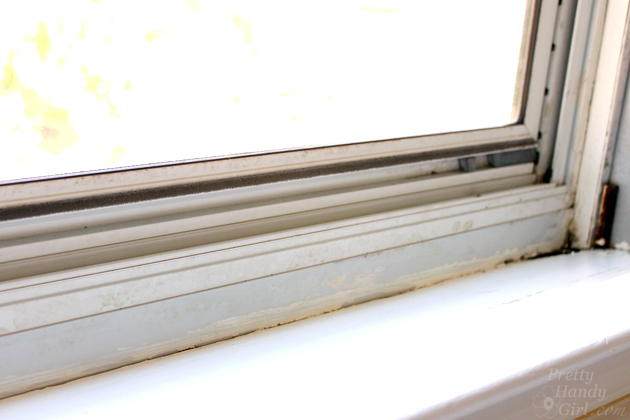
Newer windows are typically double-pane with a layer of gas between the two panes. This helps insulate your house. But, instead of budgeting for new windows, invest in good storm windows. Or if you have storm windows, use them! Good fitting storm windows provide the same double layer of protection but costs less than new windows! Just be sure to close your storm windows in the winter. In the summer you’ll want to add a screen so you can open it and let the cool evening air in air, or use a fan to draw that hot daytime air out.
Add Curtains:
Add lined curtains in front of windows to cut down on cold air drafts. Get solid curtains with a liner and keep them closed on cold winter nights. During the day open the curtains to let the warmth of the sun shine in. You’ll be amazed at how much a good pair of curtains will limit drafts (especially if your curtains extend to the floor.) Need help hanging curtain rods? Read my tutorial on Hanging Curtains (and a no-iron solution!)
Fireplace Inserts:
Create an insert for your fireplace by cutting some rigid foam (or foam board) to the size of your fireplace opening. Then wrap it with batting and cover them both with decorative fabric. Push the foam board into your fireplace opening (it should fit snuggly on all sides.) This DIY fireplace cover will keep drafty chimneys from ruining a Netflix and chill evening in your living room. Want something a little fancier? Follow the full tutorial to build a beautiful draft stopper for your fireplace.
Seal Pipes and Vents:
Seal the spaces around your pipes and vents with Great Stuff. Not only will this keep drafts from coming through but it also stops unwanted critters from entering your home. Did you know the holes around pipes, wiring, and ducts are the most common places for bugs to enter a house? One can of Great Stuff can seal up those voids and prevent entry! Read my article on using GREAT STUFF to seal gaps around pipes for tips and tricks.
Insulate Attic Doors:
Lucky for you, there are a few options for insulating pull down attic steps. You can add weatherstripping around the door or you can add rigid foam insulation glued to the attic side of the access door. This works for both walk-in attics and pull-down doors. Another easy solution is an Attic Stairway Cover. There are several options on Amazon, and many are quick and easy to place and remove.
Warm Up Your Floors:
Adding a rug to a cold room (whether it be a bathroom, kitchen, or any room in your house) is like adding a layer of insulation on your floor (add more insulation by using rug pads under your rugs). Tile or wood floors can feel cold underfoot, adding a rug in your traffic area can keep your room warmer and make a big difference on the comfort level in your home. It’s such a simple tip, but it really can make a big difference.
I hope these Energy Friendly Ways to Help Your Home Feel Warmer this Winter helped and will make your home feel extra warm this winter. Please share your favorite tips in the comments below!

Pin this image to help a friend:
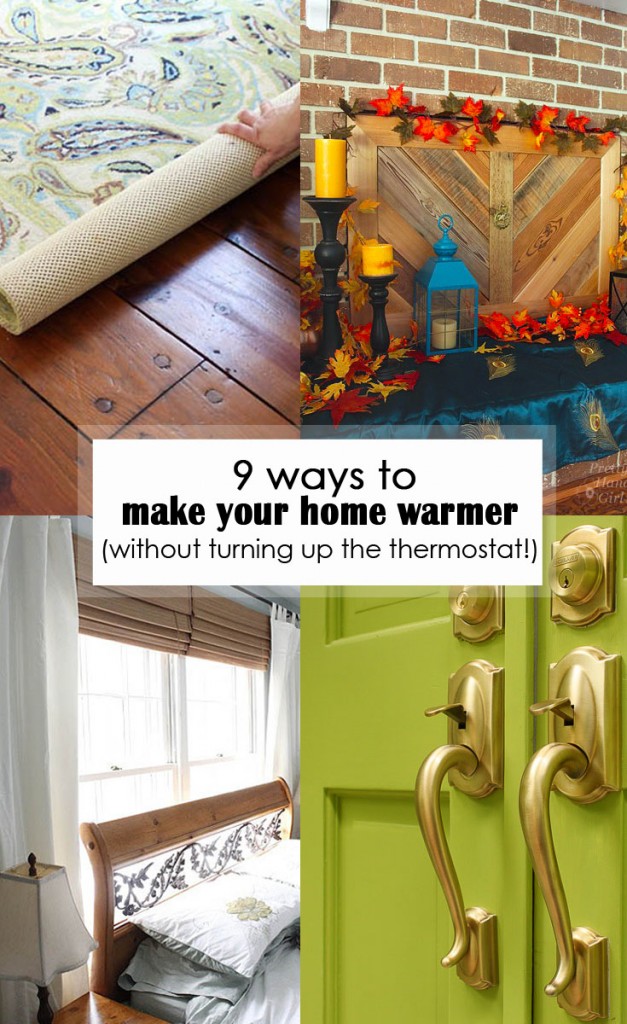

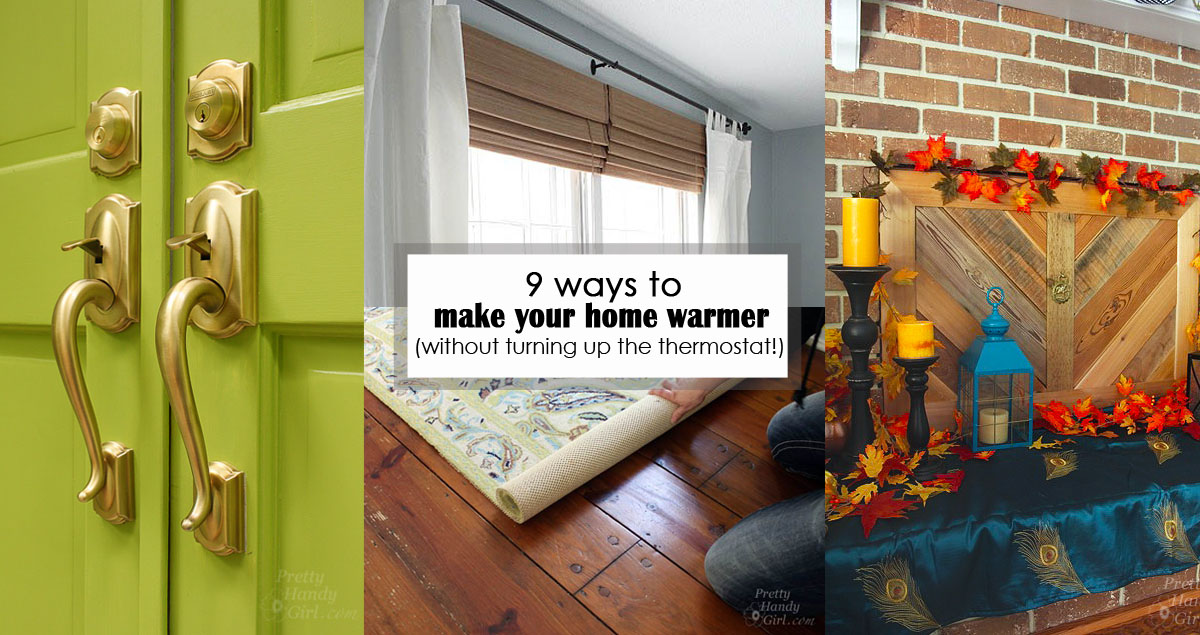
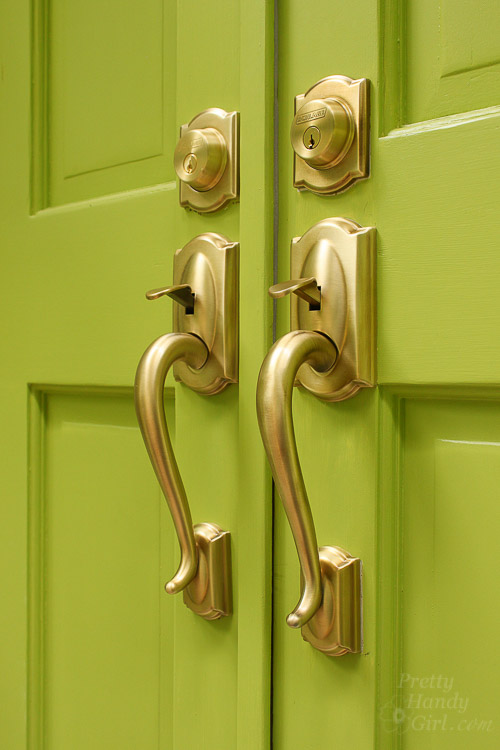
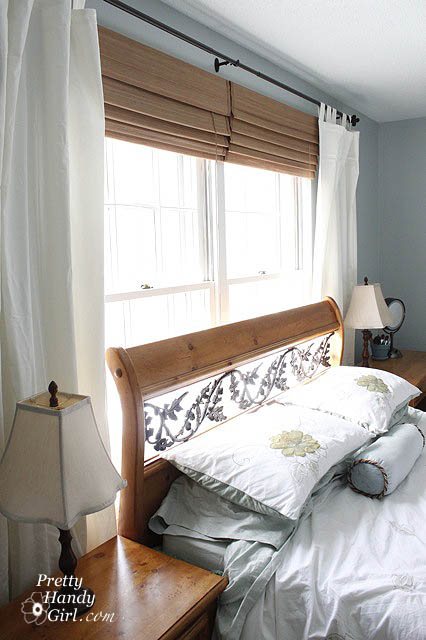
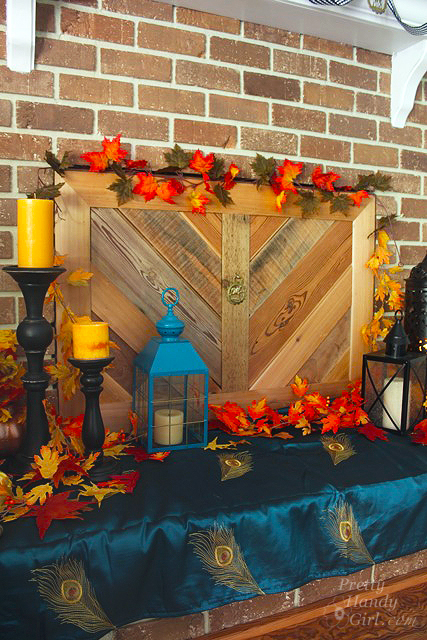
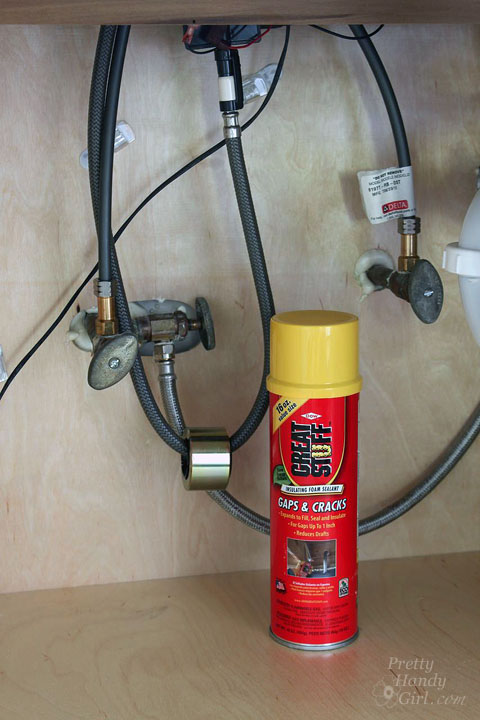

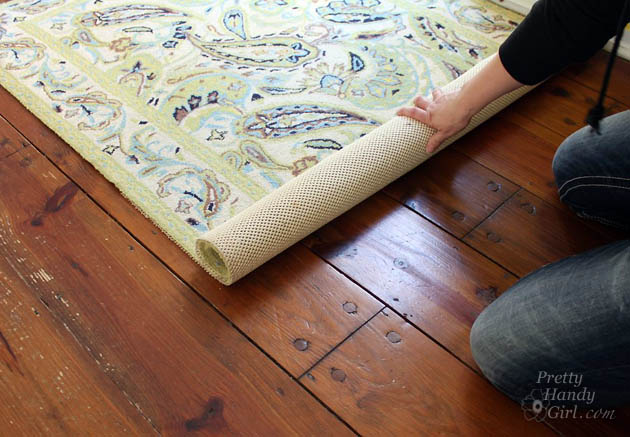


Great tips